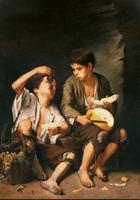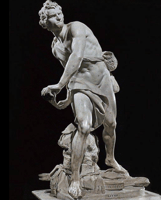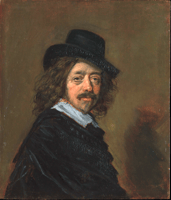Bartolome Esteban Murillo was a Spanish Baroque painter who is one of the most famous painters of...
Celebrating the Life and Legacy of Artemisia Gentileschi, the Acclaimed Female Artist of the Baroque Era
Artemisia Gentileschi is an Italian Baroque painter and one of the most famous female artists of the 17th century. Born in Rome in 1593, she was the daughter of the renowned painter Orazio Gentileschi. From a very young age, Artemisia showed an interest in painting and her father took her under his wing and taught her the craft. In 1610, Artemisia began to attract attention for her skill and talent. Her first major work was Susanna and the Elders, which she completed in 1610.
Her work was so remarkable that it was compared to the likes of Caravaggio and she began to receive commissions from all around Italy. In 1612, she was raped by her father's friend and fellow artist, Agostino Tassi. This event had a profound impact on her life and career. In the wake of the incident, she was put on trial and was forced to undergo a humiliating public examination. Despite this, she emerged triumphant and her work was praised by many.
From 1618 onwards, her works began to draw attention from abroad. For example, Queen Christina of Sweden purchased many of her paintings and she was welcomed in London by Charles I. In 1620, she moved to Florence, where she found patronage from the Medici family. In Florence, she continued to create masterpieces, such as her painting of Judith Slaying Holofernes, which is considered one of the greatest works of the Baroque period.
Throughout her career, she painted many religious works, such as the Madonna and Child, as well as mythological works, such as her self-portrait as the Allegory of Painting. Artemisia Gentileschi was an incredibly talented painter who left an indelible mark on the art world. Her works continue to be admired and celebrated to this day and she is remembered as a brave and courageous artist.



